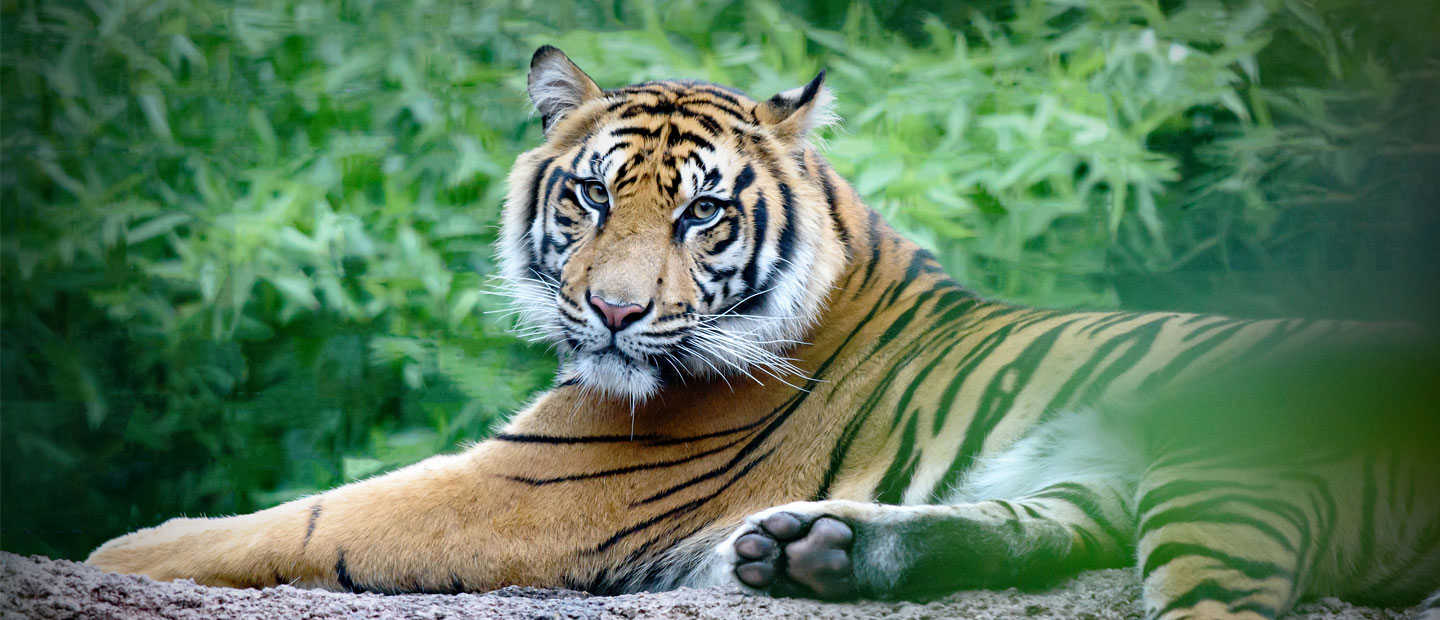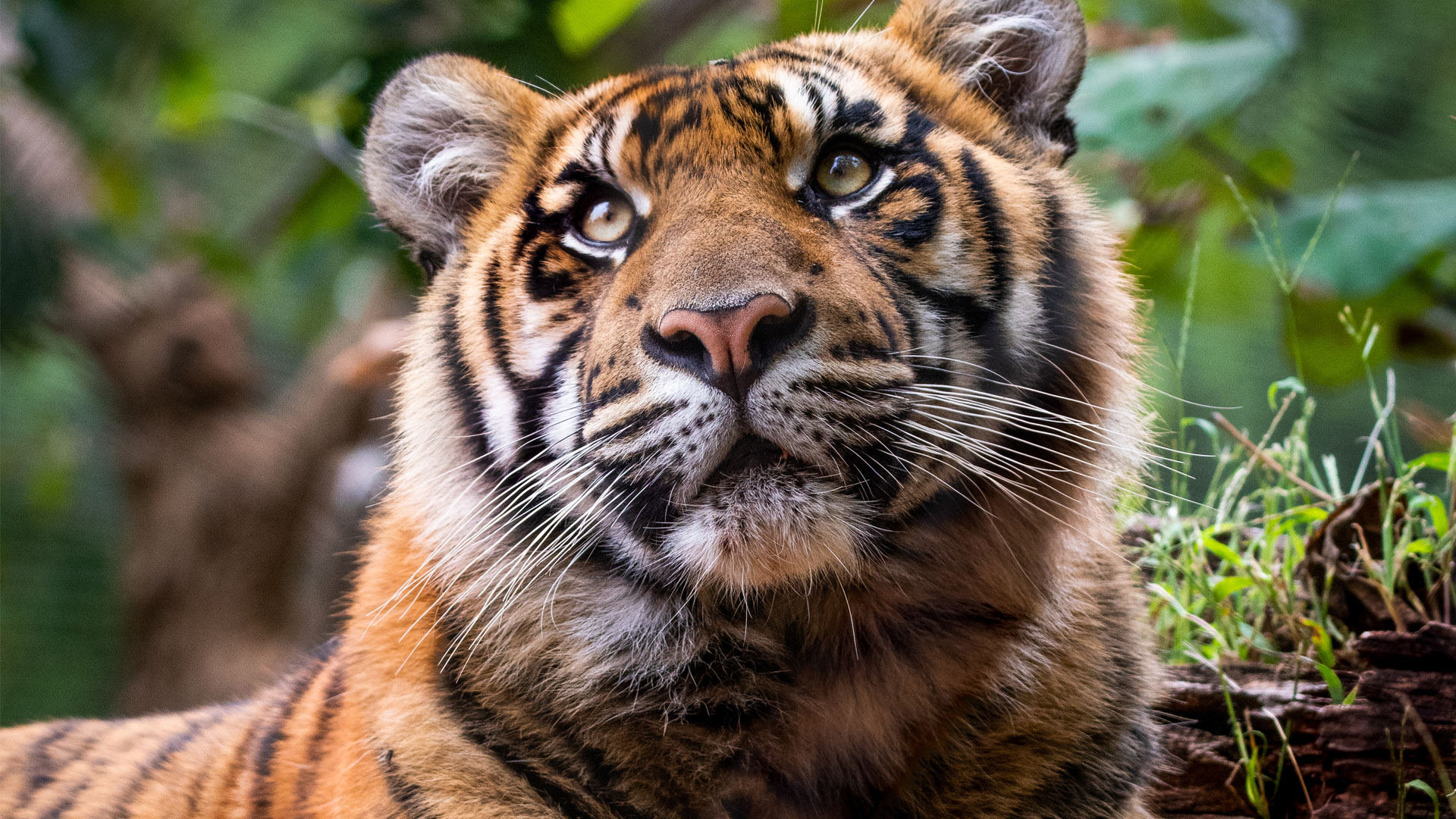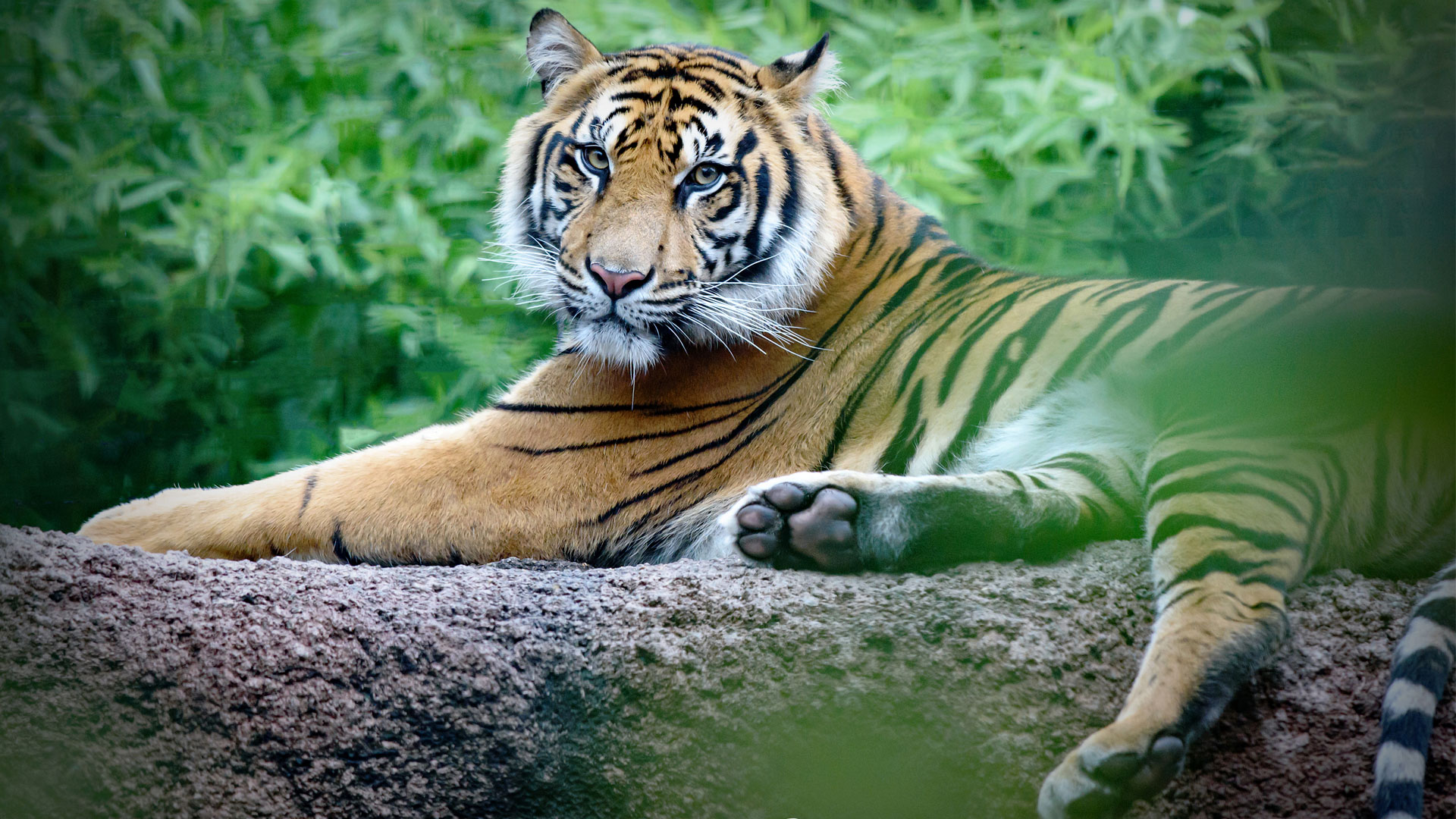“Today’s a really exciting day for us all! International animal transfers like this take an incredible amount of planning and are logistically complex. It’s always an amazing team effort between the participating zoos and relevant authorities to successfully achieve, and Ramah and Zayana’s moves here have been no exception,” says Auckland Zoo’s curator of mammals, Warren Spencer.
“These two young cats come to us with a breeding recommendation from the World Association of Zoos & Aquariums’ (WAZA) Global Species Management Plan (GSMP) for Sumatran tigers and bring valuable new genetics to enhance and sustain the Australasian region’s population. With fewer than 400 of these extraordinary tigers remaining in Sumatra, Ramah and Zayana (and we hope their future offspring!) will, like tiger Sali, also play a vital role as advocates for their wild cousins and inspire our visitors to join us in helping conserve them in the wild.”
Ramah and Zayana must undertake a week-long international (MPI) quarantine that requires them to remain in their inside care quarters. However, once completed and they are given the ‘all-clear’, Zoo visitors may see them outside in the new South East Asia Jungle Track lowlands habitat, where they’re able to complete the rest of their month-long quarantine.







